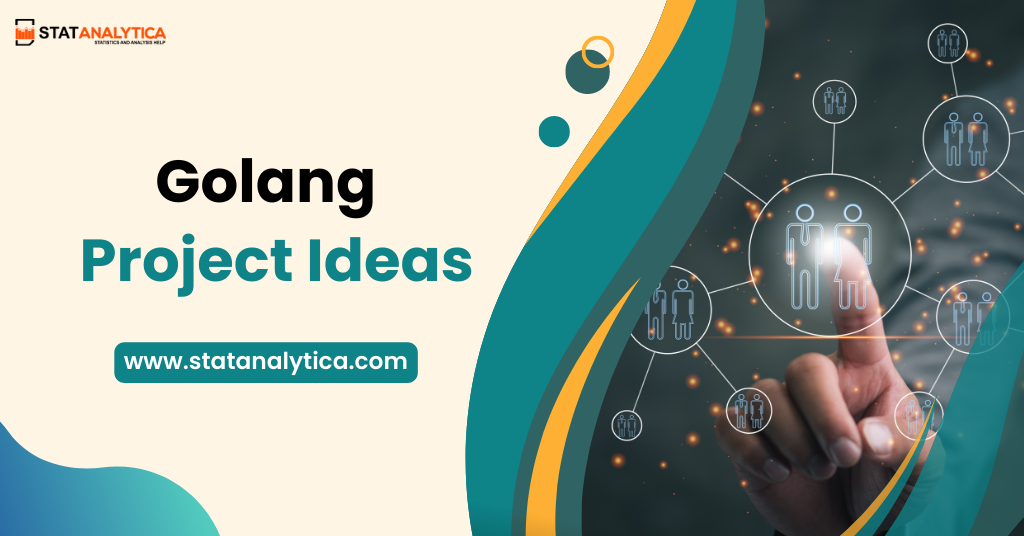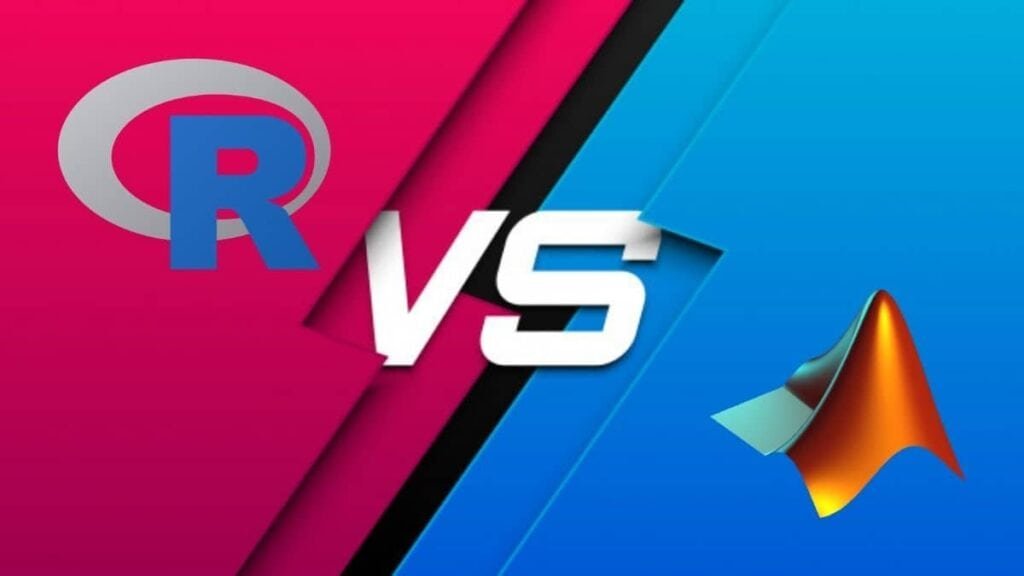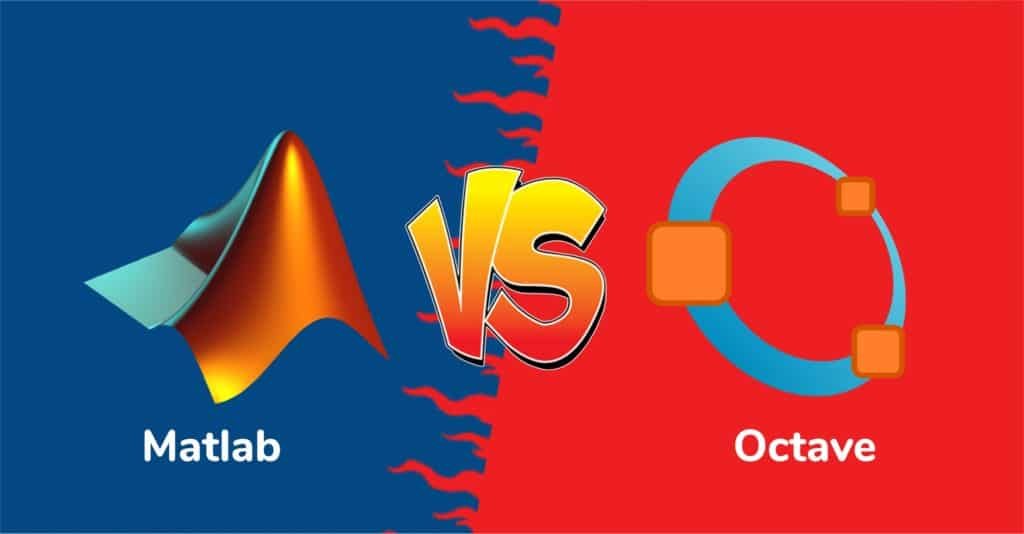Golang, also known as Google’s Go programming language, is a computer language created by Google. It focuses on being easy to use and fast. It allows developers to build applications that can handle a lot of work and are reliable. Golang checks the type of data in the program to catch mistakes early, which makes the code more stable. Another good thing about Golang is that it compiles code quickly, making it faster to develop applications.
In this blog, we will explore what Golang project ideas. We will see how it is used to build web applications, manage computer systems, create cloud services, make DevOps tools, and handle networking. Additionally, we will learn the steps to build a Golang project, from setting up the workspace to testing the code. By understanding its uses and following the important steps, beginners can create useful and strong software with Golang.
What Is Golang Programming Language?
Table of Contents
Google invented Golang, a computer language that focuses on being easy to use and fast. It was created by Robert Griesemer, Rob Pike, and Ken Thompson, and it is an open-source language that allows developers to build scalable and reliable applications. Golang is statically typed, checking variable types simultaneously, leading to fewer bugs and enhanced code stability. Moreover, its compilation process is fast, resulting in quicker development cycles and improved productivity.
What Is Golang Used For?
Here are some uses of the Golang programming language for coders:
1. Web Development
Golang is an excellent choice for building web applications, thanks to its powerful standard library and fast execution speed.
2. System Programming
Golang’s low-level capabilities make it well-suited for system-level programming tasks, such as creating network servers and managing file systems.
3. Cloud Services
Many cloud platforms, including Google Cloud Platform, leverage Golang to develop their infrastructure and services due to its efficiency and reliability.
4. DevOps Tools
Golang is commonly used to create various DevOps tools, like Docker and Kubernetes, as it enables smooth and quick development.
5. Networking
Golang’s built-in features for handling concurrency make it a strong contender for developing network applications and tools.
Steps On How To Build Golang Project
Here are some steps on how to build the Golang project:
1. Install Go
You can get the latest version of Go from the website and install it on your computer.
2. Set Up Workspace
Create a workspace directory where all your Go projects will reside. Set up three subdirectories: “src,” “bin,” and “pkg.”
3. Define a Package
Start by creating a new Go package in the “src” directory. A package is a group of code files for Go that work well together.
4. Write Code
Open your favorite text editor or Go-aware IDE and start writing your Go code. Remember to follow Go’s simple syntax rules.
5. Test Your Code
Utilize Go’s built-in testing framework to ensure your code is functioning correctly. Write test functions in separate files with the “_test” suffix.
6. Build the Project
Use the “go build” command to compile your Go code into an executable binary.
7. Run the Project
Execute the generated binary to test your Golang project.
Read More
11+ Golang Project Ideas For Beginners In 2023
Here we are going to discuss golang project ideas for beginners in 2023
1. Task Manager
The task manager project allows users to interact with a command-line application to manage their tasks. Users can add new tasks, mark completed tasks for removal, and view the existing list. To enhance user experience, error handling is implemented to handle possible issues gracefully. Tasks are saved in a text file, ensuring users’ task lists persist between sessions, even if the program is closed and reopened.
2. URL Shortener
The URL shortener is a web application that simplifies long URLs into short, shareable links. Users can input lengthy URLs, and the application generates corresponding shortened URLs. This project utilizes Golang’s web framework, such as Gin or Echo, to handle incoming HTTP requests. The link mappings between the original and shortened URLs are stored in a database, ensuring efficient retrieval and redirection when users access the shortened links.
3. Weather App
The weather app provides real-time weather data to users by fetching information from a weather API. The Golang program uses the “HTTP” package to request the weather data provider API and receives responses in JSON format. The application then parses the JSON response to extract essential weather details, such as temperature, humidity, and weather conditions. The user-friendly format ensures users can easily access the latest weather information.
4. Note-taking Application
The note-taking application is designed to be user-friendly, allowing users to create, save, and manage notes efficiently. This project can be implemented as a command-line or web-based application using a Golang web framework. Users can add new notes, delete unwanted ones, and edit existing notes. The notes can be saved in a file or a database, ensuring that users can access and manage their notes conveniently.
5. To-Do List Web API
The To-Do List Web API project is about building a RESTful API enabling users to perform CRUD operations on their tasks. CRUD stands for Create, Read, Update, and Delete, and the API provides endpoints to handle these operations for the tasks. Golang’s standard library or a web framework like Gorilla Mux is utilized to create the necessary API endpoints. Proper authentication and authorization mechanisms are integrated into the API to ensure secure access and manipulation of task data.
6. Contact Book
The contact book project aims to create a contact management system that allows users to retrieve, store, and manage their contacts efficiently. The application can be implemented as a command-line or web-based app using a Golang web framework. Users can add new contacts, view existing ones, update contact details, and delete contacts they no longer need. The contact information is typically stored in a database for better organization and retrieval.
7. Chat Application
The chat application facilitates real-time communication between users. It leverages Golang’s built-in concurrency support to handle multiple users concurrently, allowing them to exchange messages in real-time. For web-based chat applications, WebSocket can be used for efficient real-time communication between the server and clients, ensuring smooth and instant message delivery.
8. Expense Tracker
The expense tracker project enables users to keep track of their finances by recording and categorizing expenses. As a web application, users can input details like the date, category, and amount for each expense, and the Golang web framework handles data storage in a database. The application may offer additional features such as expense analytics and graphical representations of spending patterns.
9. Image Gallery
In this project, an image gallery web application is built, allowing users to upload, view, and categorize images. Golang’s web framework manages image uploads and serves them to users when they access the gallery. Additional features, such as image tags, categories, and search functionality, enhance user experience by making image navigation and organization more intuitive.
10. E-Commerce Backend
The e-commerce backend project focuses on building the backend system for an e-commerce website. Golang handles product management, order processing, and user authentication. Product details, user accounts, and order information are stored in a database, ensuring efficient management and retrieval of data to support the e-commerce platform.
11. Login Authentication System
The login authentication system aims to create a secure login mechanism with user registration, login, and logout functionalities. Golang’s standard library or suitable authentication libraries manage user credentials securely. Sessions or JSON Web Tokens (JWT) are implemented to ensure proper authentication and authorization for user interactions with the application, safeguarding user data and enhancing security.
12. Recipe Organiser
Create a recipe organizer application that allows users to store and manage their favorite recipes. Users can add new recipes, including ingredients and instructions, and categorize them based on meal types (e.g., breakfast, lunch, dinner) or cuisine styles (e.g., Italian, Mexican, Indian). The application can be CLI-based or web-based using a Golang web framework.
Things To Consider To Choose the Right Golang Project
Here are some things that must be consider to choosing the right Golang project:
- Choose a Golang project that matches your interests and skills for better motivation.
- Consider the project’s size and complexity; smaller projects suit beginners, while experienced developers may prefer more significant challenges.
- Check for an active and supportive community around the project to provide help and guidance.
- Understand the project’s purpose and impact; opt for projects solving real-world problems or align with your goals.
- Assess the project’s maintenance and long-term support to avoid potential abandonment issues.
Elements That Must Be Present In Golang Projects
Here are some elements that must be present in Golang projects :
1. Error Handling
Handling errors gracefully ensures the program continues running smoothly despite unexpected issues, offering helpful feedback to users or logging errors for debugging.
2. Concurrent Programming
Utilizing Goroutines and channels enables the efficient execution of multiple tasks simultaneously, optimizing resource utilization and enhancing application performance.
3. Code Organization
Organizing code into well-defined packages and files improves maintainability and readability, allowing easy management of different parts of the application.
4. Documentation
Writing clear comments and documentation helps other developers quickly understand the code’s purpose, functionality, and usage, fostering collaboration and reducing the learning curve.
5. Testing
Implementing unit tests verifies code correctness, catches bugs early, and acts as a safety net during code changes, ensuring the long-term reliability of the Golang project.
Conclusion
Golang is an excellent language for beginners to start their programming journey due to its simplicity and powerful features. By exploring these beginner-friendly Golang project ideas and understanding the essential elements of Golang projects, aspiring developers can gain hands-on experience and confidence in building robust applications. Whether it is a CLI-based task manager or a web-based URL shortener, these projects will help beginners grasp Golang’s concepts and unleash their creativity in software development.
Frequently Asked Questions
Q1. Which big companies use Golang?
Many big companies, such as Google, Uber, Dropbox, and Netflix, use Golang for its efficiency and performance in building scalable and reliable software systems.
Q2. Is Go worth learning in 2023?
Yes, learning Go (Golang) in 2023 is worth it. Its simplicity, speed, and strong community support continue to make it a valuable programming language for various software development projects.
Q3. Is Golang high paying?
Golang developers often receive competitive salaries. The high demand for Go expertise in cloud computing and backend development can result in well-paying job opportunities. However, individual salaries may vary based on experience and location.


